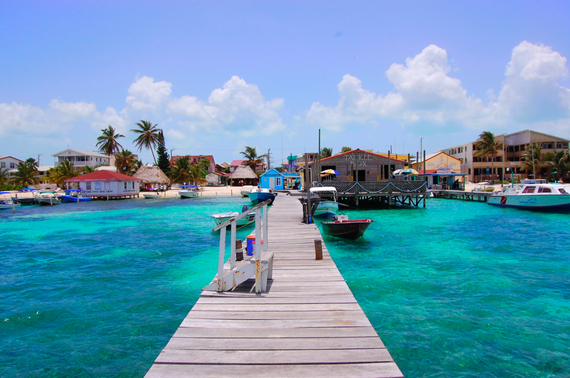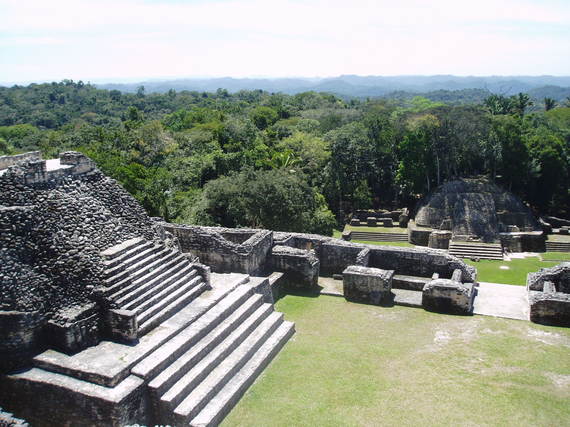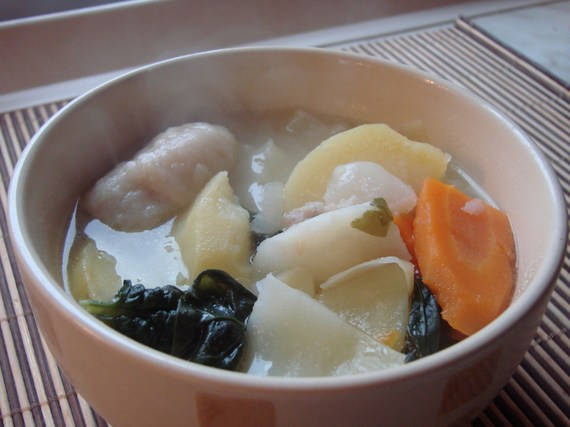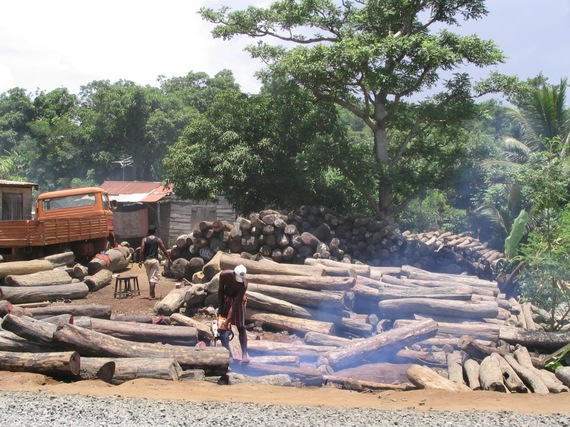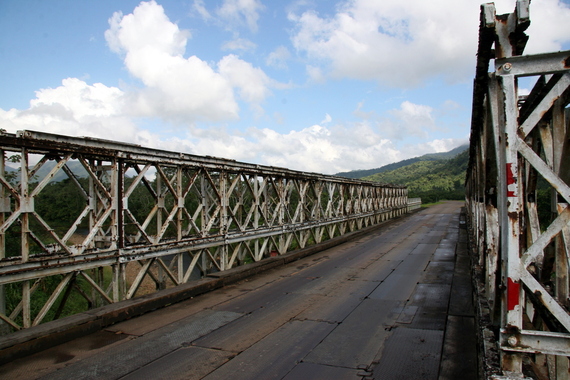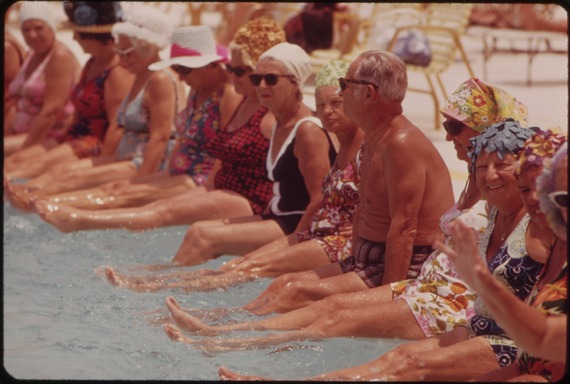Land, water, gold, timber, and oil. These are the agendas that have been bringing people to Belize since the Maya settled in the region more than 4,000 years ago. At one time, the forests, coastlines, and rivers of this country supported an agrarian Maya population of nearly 500,000, about 150,000 more people than live in Belize today.
Life in Belize, in the time of the Maya and still today, revolves around its rivers. The country's rivers were once its highways of commerce and are still an important part of Belize's economy. There are only four paved highways but 35 major and minor riverine systems. The Belize River catchment and watershed, including the Macal and Mopan river tributaries, contains approximately half the population of Belize.
The natural life in Belize today is similar to the natural life of this country in Mayan times. Explore caves and Maya temples, and you see hieroglyphs depicting the same iconic flora and fauna we see in modern-day Belize. Towering ceiba trees (the Maya Tree of Life), colorful toucans, and majestic jaguars continue to thrive in this still very undeveloped country.
One of the Mayan creation stories features an iguana with the earth riding on its back. The iguana has existed in the tropical forests of Central America since the Cretaceous Period. The Yucatec Maya called the iguana huh, and today the locals call them bamboo chickens.
People sometimes wonder what happened to the Maya. In fact, they're still here. The Yucatec, Mopan, and K'iche' Maya were the first civilizations of Belize, and their descendants live along this country's coastline and in its interior jungles still today. They represent about 11% of the population and are active in all segments of society. The Maya people, their culture, and their history are a big part of what defines modern Belize.
Belize is a melting pot, a bouillabaisse, or, as the Belize might say, a "Boil Up."
Boil Up is a Belizean Kriol gumbo made with yams, cassava, tomatoes, onions, sweet potatoes, fish, pig's tail, water, salt, pepper, dough, eggs, plantains, and bananas. An exotic mix of familiar ingredients ... that's Belize.
In addition to the Maya, you've got the Kriol people. The Kriol of Belize are descended from the British and Africans who settled much of the country's coastline in the 17th, 18th, and 19th centuries. They, like the Maya, continue to influence local politics, economy, and social life. English is the official language of Belize, but Kriol is the lingua franca.
Prior to the arrival of English, Scottish, and Welsh loggers, the Spanish searched for gold and attempted to colonize the region. The Spanish found no gold, but, in their searching, they noticed something else -- an abundance of timber. The timber trade has played an important role in Belize's development and led to one of the most notable events in the country's history, the Battle of St. George's Caye, on Sept. 10, 1798, between a Spanish flotilla and a rag-tag group of Brits and Baymen (local privateers).
The Battle of St. George's Caye marked the last time the Spanish attempted to dislodge the British settlers and was followed by nearly three centuries of British colonization and logging. The timberworks provided Great Britain with logwood for dying fabrics, and, when that market dried up, they turned to harvesting mahogany for furniture and shipbuilding. Belize mahogany was used in Buckingham Palace.
For the British, Belize was a logging outpost. They saw no need to invest in infrastructure in the country ... and didn't. Infrastructure development has become a priority in this country only in recent years. The power and communication grids are growing, and a new state-of-the-art sanitation facility is up and running.
While transitioning from crown colony to sovereign nation has been a challenge, Belize didn't have to fight a revolutionary war to gain independence. In fact, the country has no standing army and has never been involved in an armed conflict other than the Battle of St. George's Caye, during which it's reported that nary a shot was fired.
Belize progressed peacefully from colony status in 1862 to self-governance in 1964 and then to full independence in 1981. All along the way, it has continued to develop eclectically. After colonization came the Mestizos from the Caste War in the Yucatan, the Garifuna from St. Vincent, American Civil War refugees, East Indian indentured servants, Middle Easterners escaping conflict, Mennonites seeking religious tolerance, Chinese pursuing self-determination, Central Americans fleeing strife, and, most recently, baby boomers looking to change latitudes and attitudes. In that context, Belize stands out as one of the world's most appealing escape-it-all, get-back-to-basics retirement choices.
Regardless of where they've come from, the people who find their way to Belize live in the present, remain optimistic about the future, and bask in the sunshine and freedom of one of the world's quirkiest nations.
Related Articles:
Earlier on Huff/Post50:

